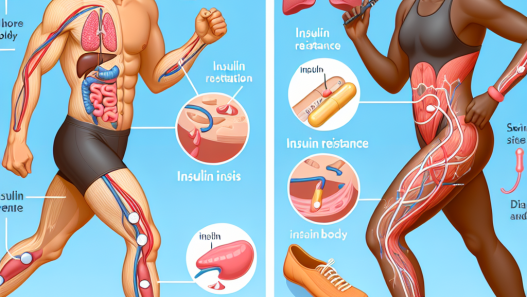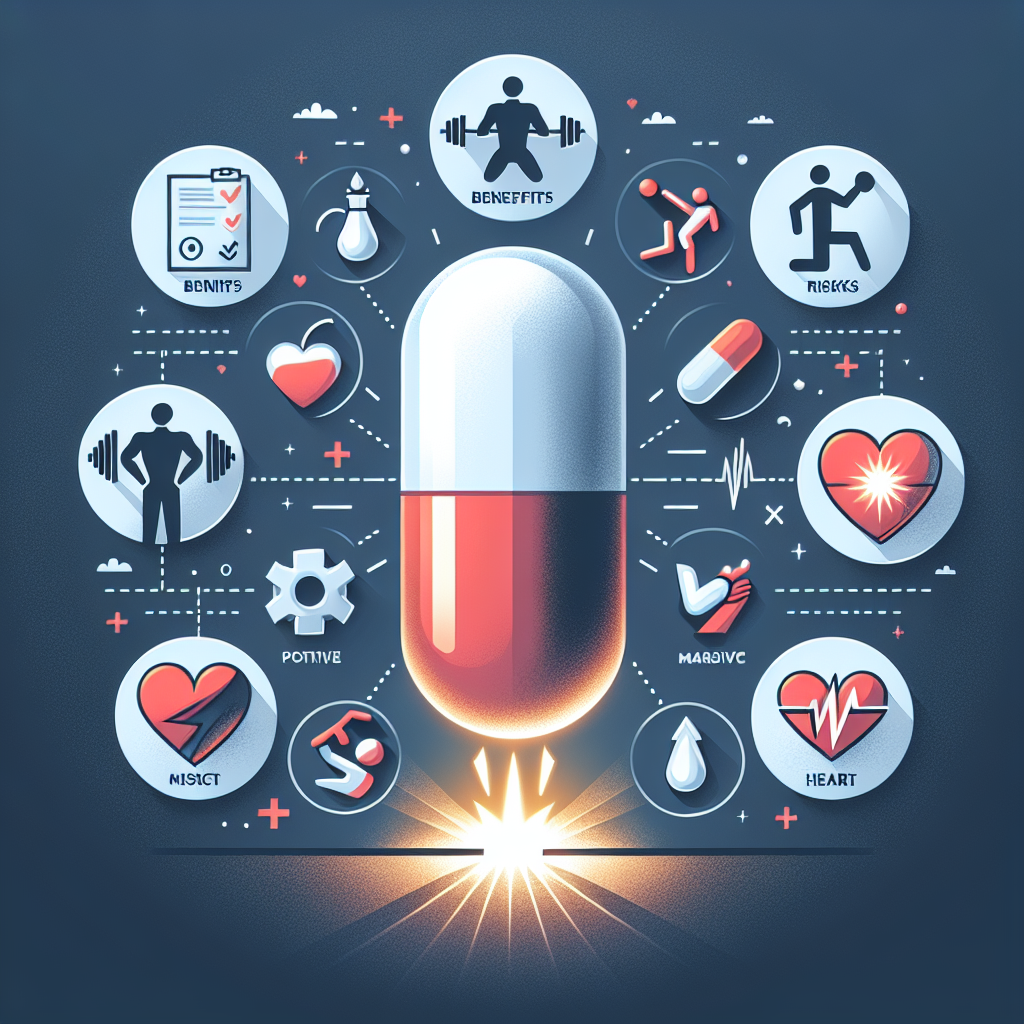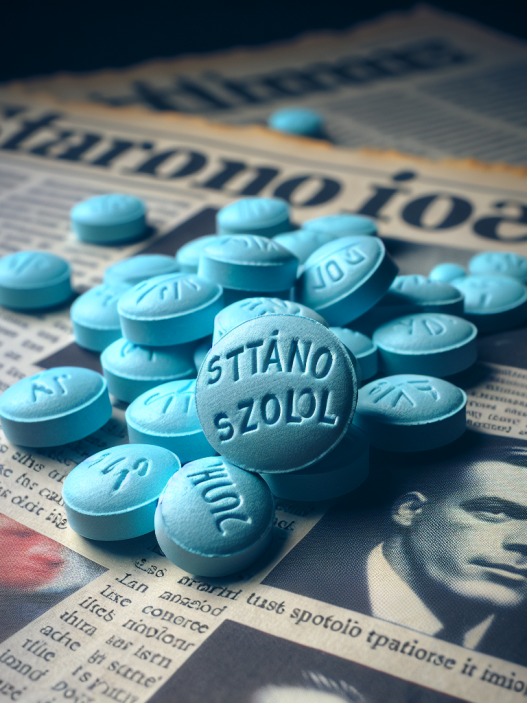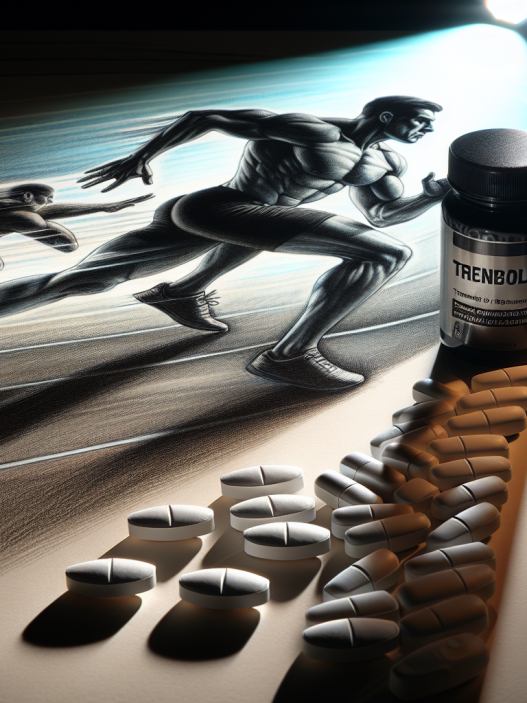-
Table of Contents
Oxandrolone: Benefits and Risks in Sports Context
Oxandrolone, also known by its brand name Anavar, is a synthetic anabolic-androgenic steroid (AAS) that has gained popularity in the sports world for its potential performance-enhancing effects. Originally developed in the 1960s, oxandrolone was primarily used for medical purposes such as treating muscle wasting diseases and promoting weight gain in patients with chronic illnesses. However, its use in sports has become a controversial topic due to its potential benefits and risks. In this article, we will explore the pharmacokinetics and pharmacodynamics of oxandrolone, its potential benefits and risks in the context of sports, and provide expert opinions on its use.
Pharmacokinetics and Pharmacodynamics of Oxandrolone
Oxandrolone is a synthetic derivative of testosterone, with a modified structure that enhances its anabolic properties while reducing its androgenic effects. It is administered orally and has a half-life of approximately 9 hours, making it a relatively fast-acting steroid. Oxandrolone is metabolized in the liver and excreted in the urine, with approximately 28% of the drug being excreted unchanged (Kicman, 2008).
The pharmacodynamics of oxandrolone involve its binding to androgen receptors in various tissues, including muscle, bone, and fat cells. This binding leads to an increase in protein synthesis, which promotes muscle growth and strength. Oxandrolone also has a mild androgenic effect, which can contribute to its performance-enhancing effects (Kicman, 2008).
Potential Benefits of Oxandrolone in Sports
The use of oxandrolone in sports is primarily aimed at enhancing athletic performance. Some potential benefits of oxandrolone in this context include:
- Increase in muscle mass and strength: As mentioned earlier, oxandrolone promotes protein synthesis, which can lead to an increase in muscle mass and strength. This can be beneficial for athletes looking to improve their performance in sports that require strength and power, such as weightlifting and sprinting.
- Improved recovery: Oxandrolone has been shown to have a positive effect on recovery time after intense exercise. This can be beneficial for athletes who need to train and compete frequently, as it allows them to recover faster and perform at their best.
- Enhanced endurance: Some studies have shown that oxandrolone can improve endurance by increasing red blood cell production and oxygen delivery to muscles. This can be beneficial for endurance athletes, such as long-distance runners and cyclists.
- Reduced body fat: Oxandrolone has been shown to have a mild fat-burning effect, which can be beneficial for athletes looking to improve their body composition and achieve a leaner physique.
Potential Risks of Oxandrolone in Sports
While oxandrolone may offer potential benefits for athletes, it also comes with potential risks that should not be overlooked. Some of these risks include:
- Side effects: Like any other AAS, oxandrolone can cause a range of side effects, including acne, hair loss, and changes in mood and behavior. These side effects can be particularly concerning for athletes who need to maintain a certain level of physical and mental well-being to perform at their best.
- Cardiovascular risks: The use of oxandrolone has been linked to an increased risk of cardiovascular events, such as heart attacks and strokes. This is due to its potential to increase blood pressure and alter lipid levels in the body.
- Hormonal imbalances: Oxandrolone can disrupt the body’s natural hormone balance, leading to a range of potential issues, including infertility, decreased libido, and gynecomastia (enlarged breast tissue in males).
- Potential for abuse: As with any AAS, there is a risk of oxandrolone being abused by athletes looking to gain a competitive edge. This can lead to serious health consequences and is a major concern in the sports world.
Expert Opinions on the Use of Oxandrolone in Sports
The use of oxandrolone in sports is a controversial topic, with opinions varying among experts in the field. Some argue that the potential benefits of oxandrolone outweigh the risks, especially when used under medical supervision and in appropriate doses. They believe that it can be a valuable tool for athletes looking to improve their performance and recover from injuries.
On the other hand, some experts caution against the use of oxandrolone in sports, citing the potential risks and ethical concerns. They argue that the use of AAS in sports goes against the principles of fair play and can lead to long-term health consequences for athletes.
Ultimately, the decision to use oxandrolone in sports should be carefully considered, taking into account the potential benefits and risks, as well as the athlete’s individual circumstances and goals. It is crucial to seek guidance from a medical professional and adhere to safe and responsible use practices.
References
Kicman, A. T. (2008). Pharmacology of anabolic steroids. British Journal of Pharmacology, 154(3), 502–521. https://doi.org/10.1038/bjp.2008.165
Johnson, M. D., Jayson, M., & Johnson, M. D. (2021). Anabolic steroids. In StatPearls [Internet]. StatPearls Publishing. https://www.ncbi.nlm.nih.gov/books/NBK482360/
Conclusion
Oxandrolone, also known as Anavar, is a synthetic AAS that has gained popularity in the sports world for its potential performance-enhancing effects. While it may offer benefits such as increased muscle mass and improved recovery, it also comes with potential risks, including side effects, cardiovascular risks, and hormonal imbalances. The decision to use oxandrolone in sports should be carefully considered, with guidance from a medical professional and adherence to safe and responsible use practices. Ultimately, the use of AAS in sports remains a controversial topic, and further research is needed to fully understand its effects and potential risks.

















